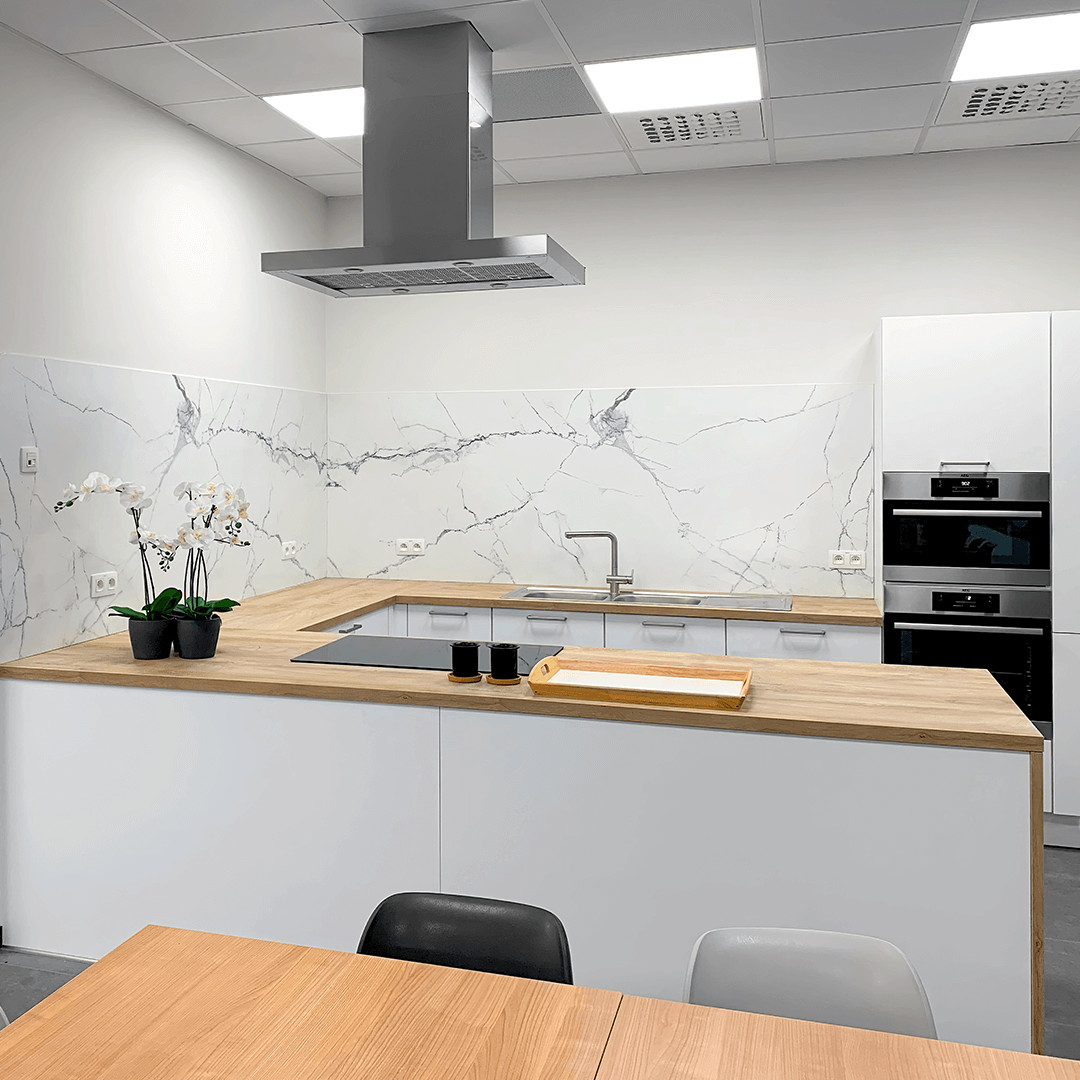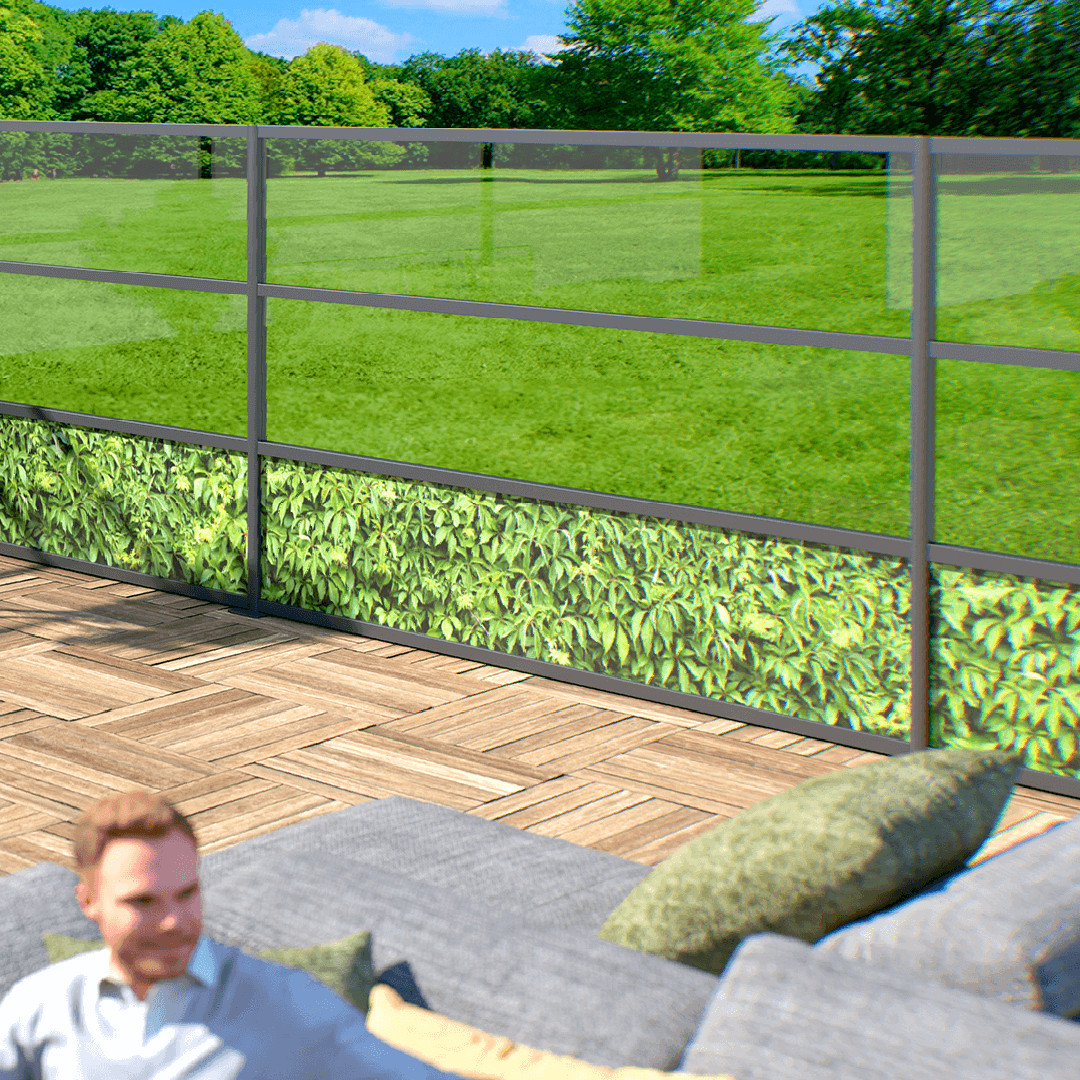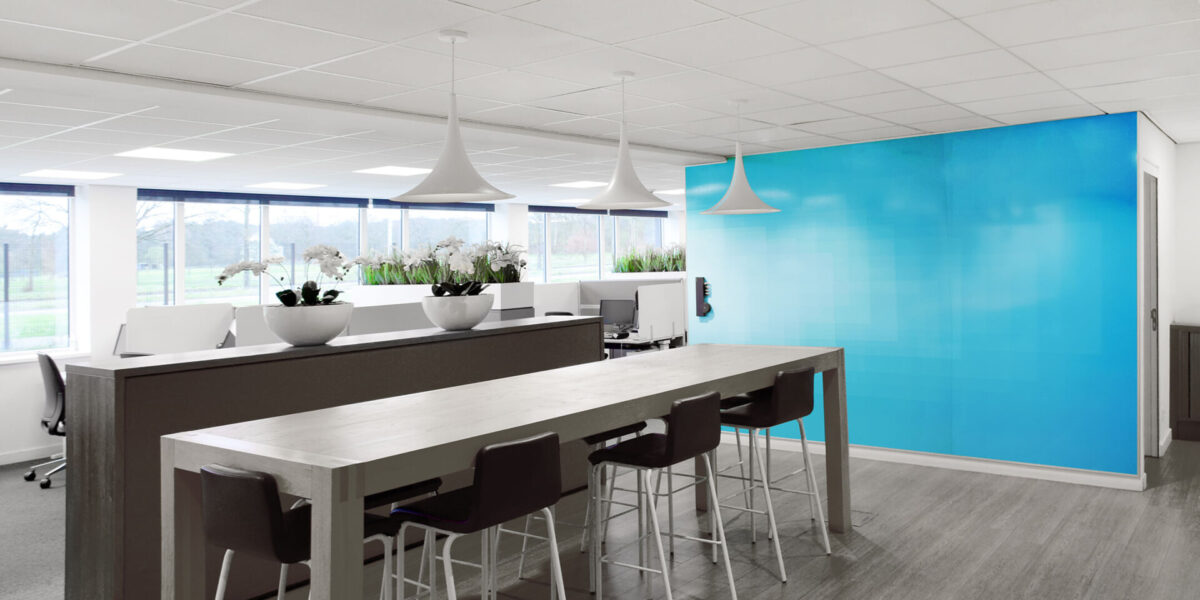CeramicSteel in Classrooms
Maarten Bloemen
on
April 8, 2024
News
CeramicSteel in Classrooms

A Learning Environment with Lasting Quality.
Creating dynamic and engaging learning environments is key to fostering student growth and success in today’s rapidly evolving educational landscape. The best way to offer an exceptional classroom solution is by providing durability, versatility, and aesthetics that enhance the educational experience.
Let’s explore how enameled steel elevates classrooms to new heights, transforming them into spaces that inspire learning and collaboration.
A Long-Lasting Impact
Polyvision’s enameled steel surfaces are engineered to withstand the rigors of classroom usage. With a resilient porcelain coating fused onto a steel core, these surfaces offer durability, ensuring they endure daily interactions, frequent cleaning, and heavy classroom traffic. This longevity allows classrooms to maintain a fresh and visually appealing environment for years.
Easy Maintenance and Sustainability
On top of that, Polyvision understands the importance of ease of maintenance in busy classrooms. The smooth enamel surface resists ghosting, stains, and scratches, making it effortless to clean and maintain. Additionally, Polyvision is committed to sustainability, employing eco-friendly manufacturing processes and materials whenever possible.


Expression and Collaboration
Enameled steel surfaces serve as canvases for creative expression and collaboration. They can be transformed into whiteboards, writable surfaces, or magnetic boards, promoting student engagement, brainstorming, and interactive learning. From sharing ideas and solving problems together to displaying visual aids and fostering group activities, these surfaces empower students and educators to collaborate effectively.
Aesthetics that inspires
Enameled steel surfaces are not just functional but visually stunning as well. With a smooth and glossy finish, they add a touch of elegance and sophistication to any classroom. These surfaces are available in various colors, sizes, and designs, allowing educators to personalize their classrooms and create an environment that stimulates curiosity and motivation. These enamel surfaces also offer versatility in their applications. They can be utilized to optimize classroom functionality, from whiteboards and projection screens to display walls and room dividers.
Teachers can seamlessly integrate technology, create designated learning zones, and adapt their teaching methods to suit different subjects and teaching styles and simultaneously encouraging collaboration, creativity, and lifelong learning.


